Three-dimensional
Imagination
Imagining What Lies Between the Lines
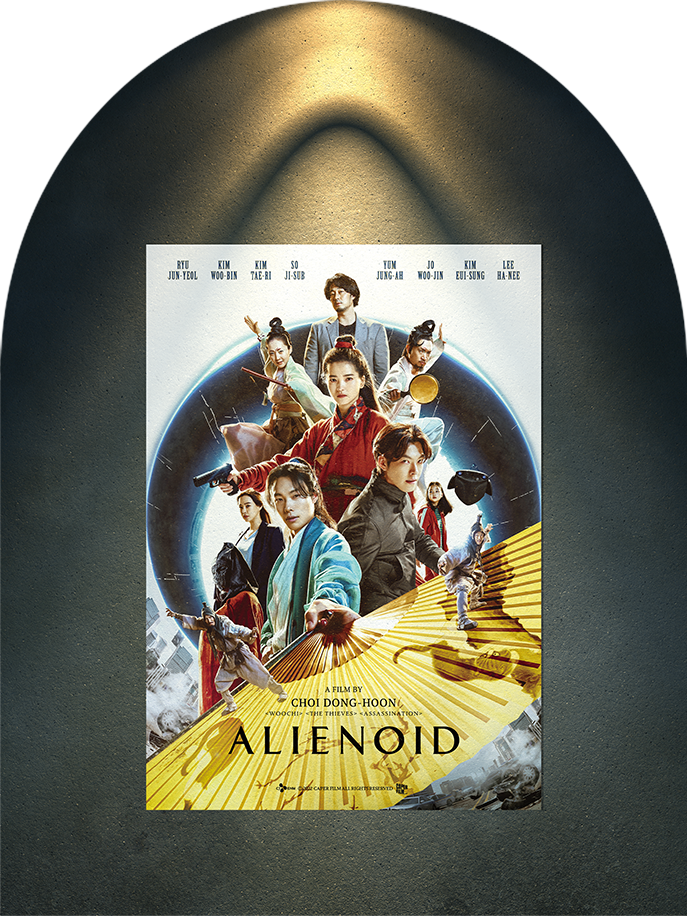
WRITTEN BY
Ahn Soong-beum,
film critic, professor at Kyung Hee University and director of the K-Cuture·Story Contents Research Institute
Photos courtesy of
CJ E&M
“Alienoid Part 1” is a recent film released by one of Korea’s most popular film directors, Choi Dong-hoon. The movie is an East Asian fantasy film that mixes SF and martial arts action, where time travel occurs amid the chase for an alien criminal confined in a human’s body. The film has two parts that were produced at the same time. Part 1 has a running time of 142 minutes.
Choi Dong-hoon is a top creator of genre films tailored to Korean audiences. He certainly has a knack for creating heist movies and other crime films, including “The Big Swindle” (2004) and “Tazza: The Hidden Card” (2006). His film, “Jeon Woo-chi: The Taoist Wizard,” is a relative outlier in his filmography. Featuring Taoist hermits with miraculous powers, ascetics and goblins, the film tests the possibilities of the “Korean-style hero movie.”
It appears Choi is using “Alienoid Part 1” to attempt a shift in his filmmaking career. In particular, he is seemingly trying to start a film franchise, manufacturing a cinematic environment to create a film series. Choi also seemingly wants to create the prototype or a “Korean-style hero movie.” That’s why in “Alienoid, Part 1,” he has put a great amount of thought into turning it into a franchise with brand value in the global market.
Choi Dong-hoon’s Calculations
In order to measure “Alienoid Part 1” against Choi’s other works, let’s first look the merits of Choi’s existing movies as popular films.
First, his movies are filled with intense characters that feign innocence. He raises tension in his films through characters with strong personalities who do not easily reveal what they are thinking.
Second, his films focus on the grand narrative and nuances of narration to deliver to audiences the details of his protagonists’ personalities. That’s why many scenes have a fair amount of dialogue. Choi sometimes uses dramatic acting along with a mix of comic scenes, or unusual editing to do this.
Third, Choi’s movies tend to be, as a result, very unfocused. There are a lot of characters, dialogue and events, and temporal and spatial settings constantly shift. Generally speaking, unfocused movies fail to achieve popular appeal. Choi puts his films under tight narrative control through sophisticated methods of his own.
Fourth, Choi uses the 8:2 and 7:3 rule to tremendous effect. He is generally able to satisfy the audience’s expectations, predictions and hopes in a single movie. Then, at just the right moment, he sets the scene for the big twist, which, in turn, violates the audience’s certainty about the narrative. His movies achieve almost a golden ratio of 8:2 and 7:3—as they experience the narrative, audiences enjoy a sense of self-efficacy while experiencing a level of pleasant tension.

Scenes from ‘Alienoid Part 1’
Lower-than-expected Report Card
Let’s now examine “Alienoid Part 1.” Prominent Korean film magazine “Cine21” called the film the most anticipated movie of 2022. On its opening day, however, only 158,000 people went to see it. Indeed, “Alienoid Part 1” potential for success dissipated the very day it was released.
Though critics point to serious problems in “Alienoid Part 1”’s storytelling, this writer does not believe the film was so flawed. While the movie isn’t perfect, its level of imagination, which befits its ambition, is controlled by how Choi Dong-hoon makes his films. Choi is among Korea’s popular directors, and he can’t always satisfy the desires and tastes of moviegoers in a complex moviegoer market. Here, however, I would like to point out several areas that I think would have helped to improve the movie.
First, Choi should have been aware that the ambition to make a successful and sustainable series and his determination to create a movie that attracts “10 million viewers” requires somewhat different strategies. In reality, it’s not easy to create a massive cinematic environment like Marvel. The building of Marvel’s cinematic universe was the result of transmedia storytelling that strategically compromised IPs whose brands have been cultivated over long periods of time.
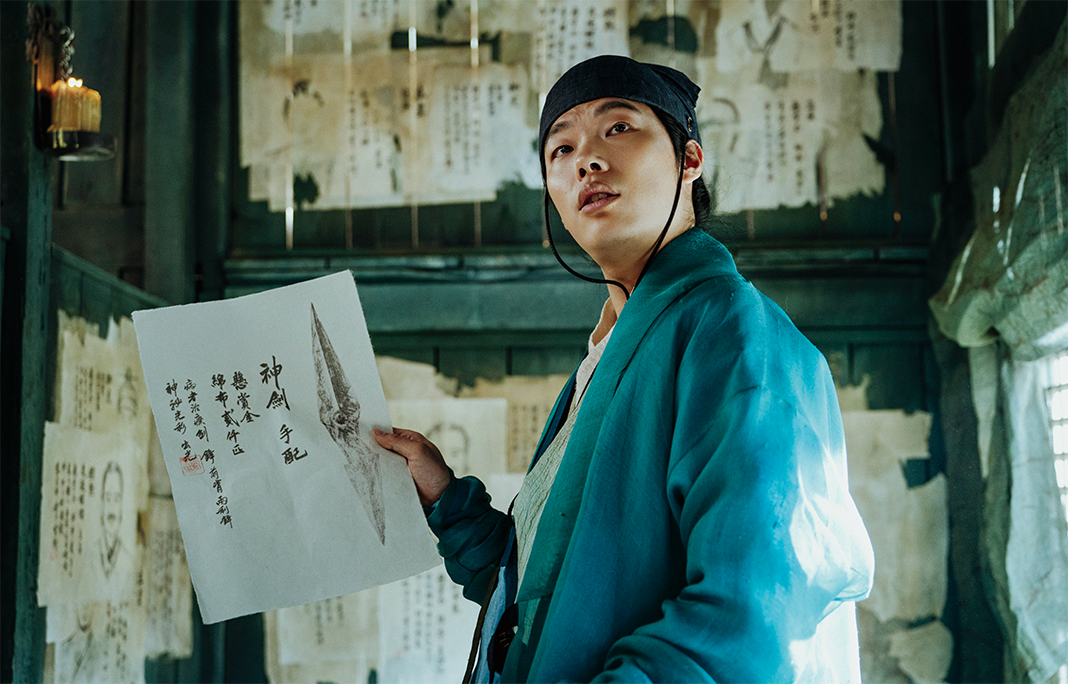
Scenes from ‘Alienoid Part 1’
“Alienoid Part 1” adheres to the existing traditions inherent in Choi’s movies. As I mentioned before, he has long featured an almost unmanageable number of characters in each of his movies. That being said, he was still able to use methods that controlled the narratives in a way that suited moviegoers. If he was considering creating a movie franchise, however, he should have more carefully layered the plots led by his main characters.
Second, mise-en-scène is not just a narrative background used in SF and horror movies within the wider fantasy genre. If there’s a lot of narrative-related information that needs to be delivered to the audience, and if important characters must be involved in the main plot’s central incident without prior warning, setting the stage is an important plot device because it induces close solidarity between the “character and space.” In “Alienoid Part 1,” however, the use of mise-en-scène is relatively simple compared to all the narrative elements in the film. As a result, the director loses the chance to build a central cinematic universe for his characters in a short amount of time.
Third, if Choi wanted to create a fantasy movie that combines SF and martial arts action, he should have revived more of the homage scenes in a kitsch fashion. “Alienoid Part 1” tells the story of aliens who lock their prisoners in the bodies of humans and these prisoners leaving human bodies to escape. For manic fans of the SF genre, however, this narrative is very familiar. That being the case, one option would have been to strategically feature the scenes in the many SF and martial arts action films the film could have referenced along with homages in the dialogue in a creative and comprehensive way.
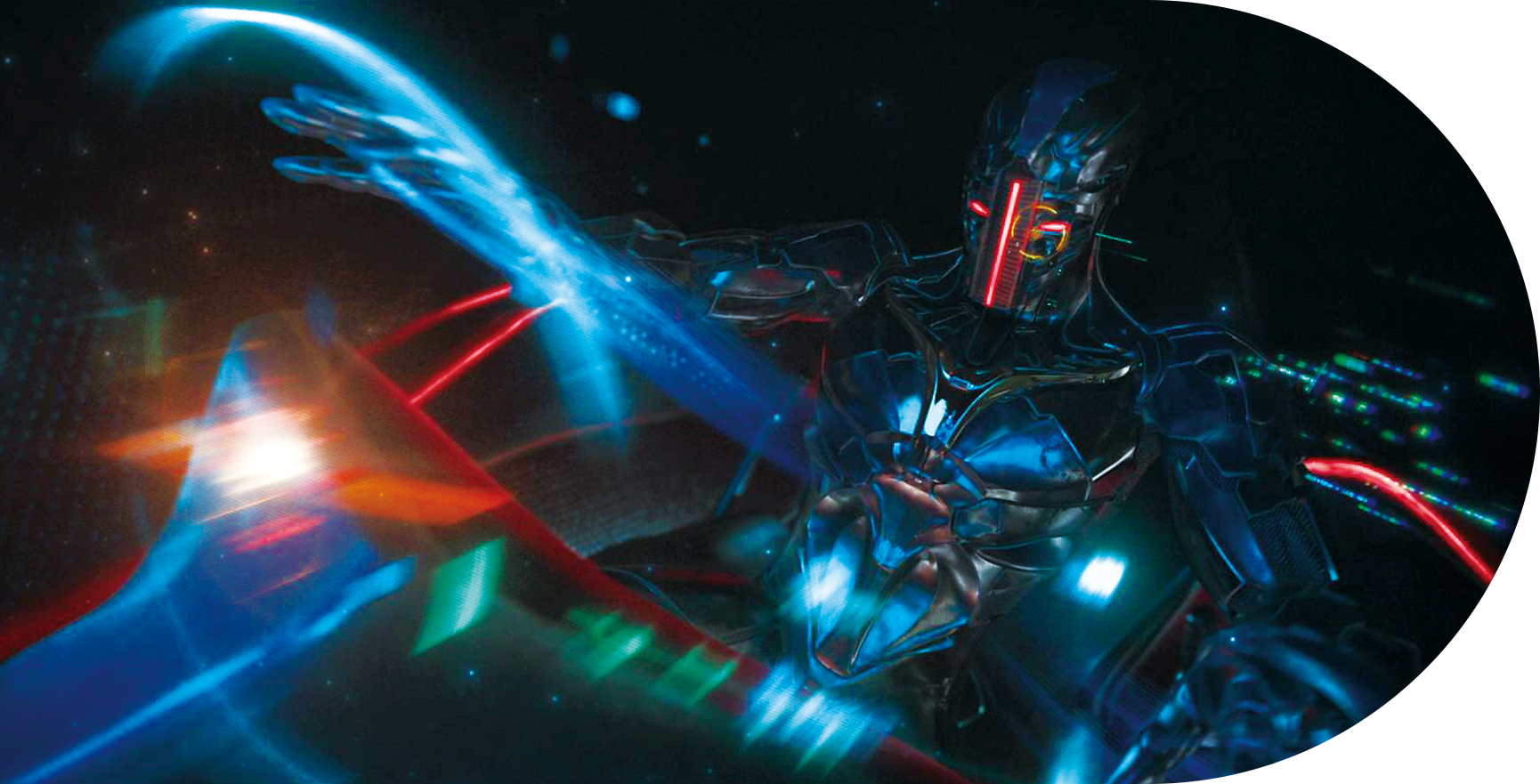
Scenes from ‘Alienoid Part 1’
Can Choi Engineer a Turn Around?
Already, the narrative context of the sequel to “Alienoid Part 1” has likely been completed. Even if we were to accept the seriousness of the issues with “Alienoid Part 1” given its less than expected success, these issues will likely have little impact on the content of the sequel set to be released next year. That being said, I want to provide some possible imaginings because I want to cheer on Choi’s movies, and I am a fan of the SF movie genre.
Ultimately, the true sense of enjoyment this movie gives may come from a deeper reflection into the “+” sign in the Korean title, “외계+인,” which is not commonly used in movie titles. It is important to imagine in an even more original way about the things that could occur when “aliens” and “human society” encounter each other and when “aliens” enter the bodies of “humans.” Moreover, to resolve the conflict that occurs in the process of “+,” there’s a need to diversify the paradoxical tension within the process of going back and forth between the past and the present.
As such, Choi would need to intensify the sense of pleasure from the “paradox” that could be created from the time slip plot device. The character “Guard” killed Lee Ahn (Kim Tae-ri/Choi Yu-ri)’s mother during the Koryo Dynasty and he is Lee Ahn’s father circa 2022. From Lee Ahn’s perspective, her father killed a mother who was totally unknown to her, and a very long time ago at that, and now he is sacrificing himself for her in the present. Could Lee Ahn go farther into the past, beyond when her mother was killed, to save her mother or even accept a situation where she would never be born as a sacrifice for her father? If that were to happen, the “Alienoid” series would shift from using a simple time slip to employing a powerful time paradox.
I hope that “Alienoid Part 2” can overcome the troubled contextual issues of “Alienoid Part 1” through an even richer level of imagination given that the film series features aliens, Taoist hermits with miraculous powers, and ascetics all in the same scene.
Other Articles
-

Special Ⅰ Man-made Caves Find New Life
-

Special Ⅱ Returned to Nature
-

Trend Underground Dining
-

Hidden View The Highest Point
-

Interview Esmé Quartet
-

Art of Detail Heart of Gold
-
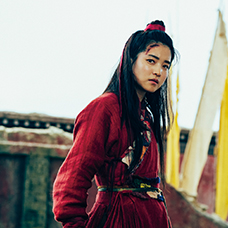
Film & TV Alienoid Part 1
-
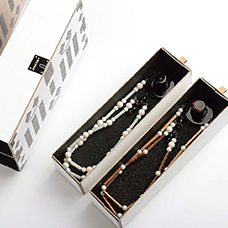
Collaboration Daily Life Embraces Korean Tradition
-
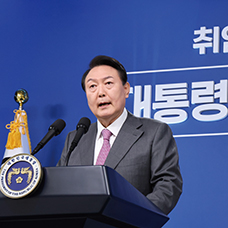
Current Korea South Korea’s Diplomatic Shift
-

Global Korea Encountering the Beauty of Hanbok at Oskemen
